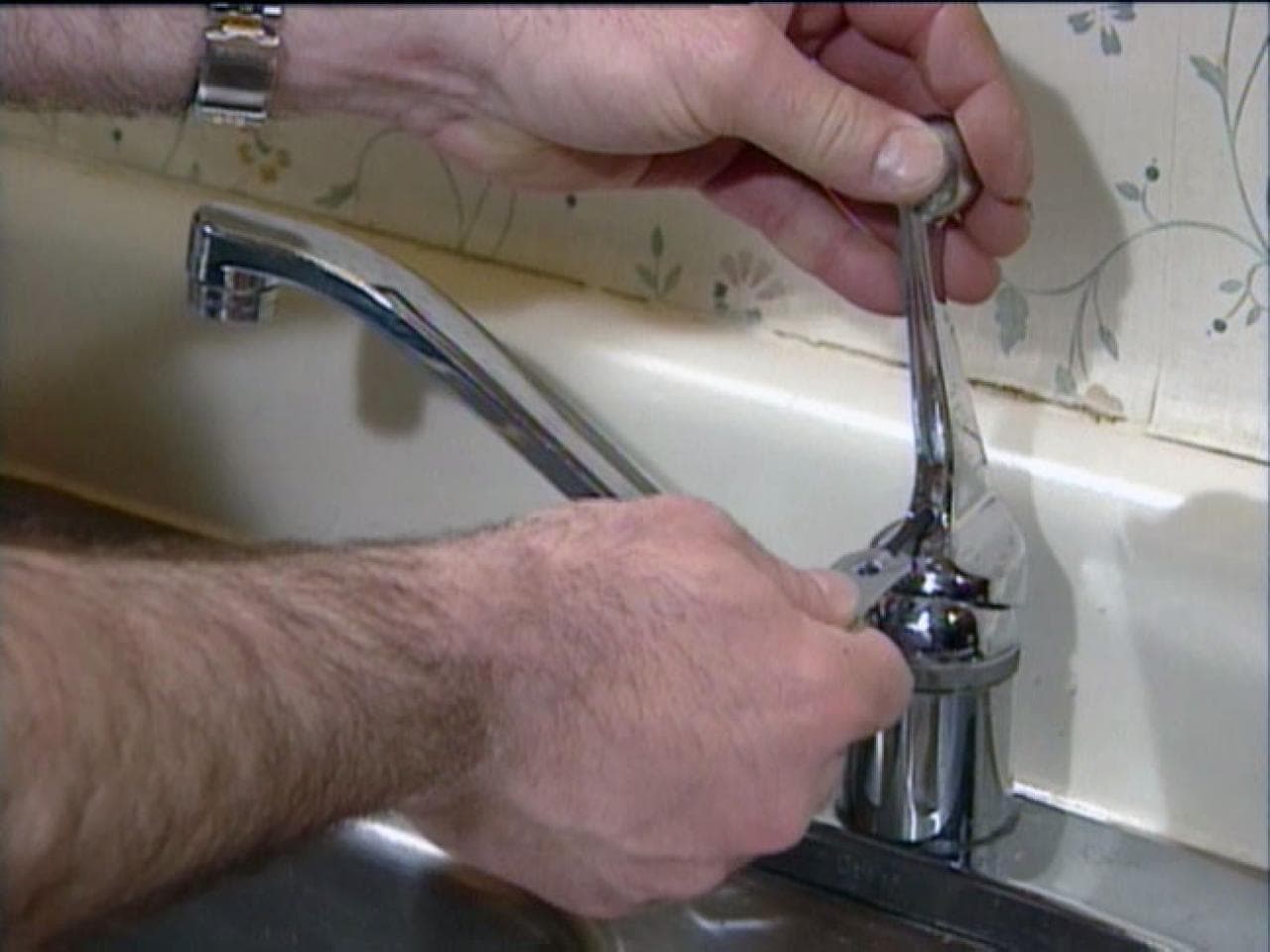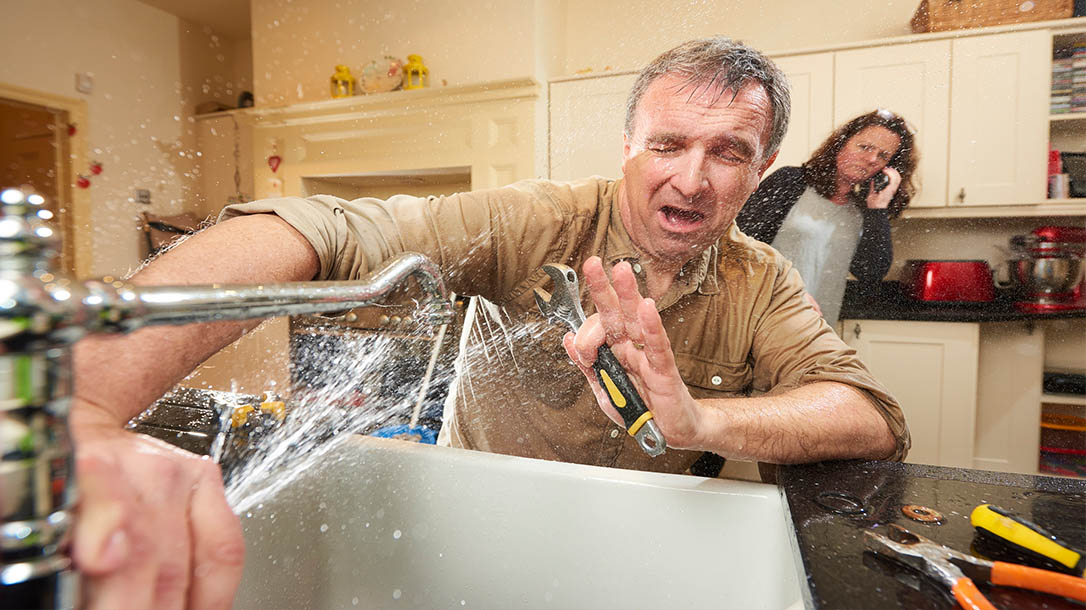What are your thoughts and feelings about Why Are My Faucets Dripping (And Can I Fix It Myself)??

Dripping faucets might look like a small inconvenience, but their effect exceeds simply the annoyance of the sound. From wasting water to sustaining unneeded economic costs and wellness risks, disregarding a leaking tap can bring about various consequences. In this short article, we'll explore why it's critical to resolve this common household issue quickly and effectively.
Wastage of Water
Environmental Impact
Dripping faucets contribute considerably to water waste. According to the Environmental Protection Agency (EPA), a single faucet dripping at one drip per second can waste greater than 3,000 gallons of water each year. This not just pressures water sources however likewise impacts environments and wild animals based on them.
Step-by-Step Guide to Taking Care Of a Dripping Faucet
Tools Required
Prior to attempting to repair a dripping faucet, collect the essential devices, including an adjustable wrench, screwdrivers, replacement components (such as washing machines or cartridges), and plumber's tape.
Typical Faucet Issues and Their Solutions
Identify the kind of tap and the particular issue creating the drip. Usual problems consist of worn-out washing machines, rusty valve seats, or defective O-rings. Describe maker directions or on-line tutorials for detailed support on repair services.
Financial Costs
Increased Water Bills
Past the environmental influence, trickling faucets can inflate water costs significantly. The gathered waste over time equates into higher energy costs, which might have been stayed clear of with timely repairs.
Potential Residential Or Commercial Property Damage
Moreover, extended leaking can cause damage to fixtures and surface areas bordering the tap. Water build-up can create staining, deterioration, and even architectural issues if left ignored, resulting in added repair work prices.
Health Worries
Mold and Mildew Development
The consistent presence of dampness from a dripping faucet develops an optimal setting for mold and mildew development. These fungi not only endanger interior air high quality but additionally pose health and wellness threats, particularly for people with respiratory system conditions or allergies.
Waterborne Conditions
Stationary water in dripping faucets can come to be a breeding ground for microorganisms and other microorganisms, raising the risk of waterborne diseases. Pollutants such as Legionella microorganisms thrive in stagnant water, potentially causing significant illnesses when ingested or inhaled.
Do it yourself vs. Professional Repair work
Benefits and drawbacks of Do It Yourself Repair
While some may attempt to repair a leaking faucet themselves, DIY repair services feature their very own collection of difficulties. Without appropriate understanding and tools, DIY attempts can worsen the problem or lead to incomplete repairs, prolonging the problem.
Benefits of Hiring a Specialist Plumber
Employing an expert plumber makes sure that the underlying root cause of the leaking faucet is dealt with efficiently. Plumbing technicians possess the competence and devices to identify and repair tap concerns successfully, saving time and minimizing the threat of more damages.
Environmental Responsibility
Specific Payment to Conservation
Taking responsibility for fixing trickling taps lines up with broader efforts toward water preservation and ecological sustainability. Every individual's activities jointly make a significant impact on maintaining valuable resources.
Lasting Living Practices
By prioritizing punctual repair services and embracing water-saving routines, individuals add to sustainable living techniques that profit both present and future generations.
Safety nets
Regular Upkeep Tips
To avoid dripping taps, perform regular maintenance such as cleansing aerators, checking for leakages, and replacing worn-out parts without delay. Furthermore, think about setting up water-saving tools or updating to more reliable fixtures.
Significance of Prompt Services
Attending to dripping taps as quickly as they're discovered protects against additional water wastage and possible damage, eventually saving both water and money over time.
Influence On Building Value
Understanding of Well-Maintained Residential Or Commercial Property
Keeping a home in good condition, consisting of attending to maintenance issues like leaking taps, enhances its viewed value and charm amongst possible buyers or renters.
Impact on Resale Value
Residences with properly maintained plumbing components, including faucets, command higher resale worths in the property market. Addressing dripping faucets can contribute to a positive perception throughout property evaluations and settlements.
Verdict
Resolving a trickling tap goes beyond mere benefit; it's a vital step toward saving water, decreasing monetary expenses, and securing health and wellness and building. Whether via do it yourself fixings or specialist help, doing something about it to deal with trickling taps is a small yet impactful means to advertise liable stewardship of sources and contribute to a healthier, more sustainable future.
How to Fix a Leaky Faucet: Step-by-Step Repair Guide
A leaky faucet may seem like a simple annoyance, but if it's not fixed promptly, that leak could cost hundreds to potentially thousands. From water damage to mold, mildew, and high water bills, even a tiny leak can be catastrophic if left unattended. Damage like this can even affect the overall value of your home, so it's important to take the right approach for leaky faucet repair. You may need the help of a plumber in some cases, but we've got a few tips you can try on how to fix a leaky faucet before calling the pros.
Four Faucet Types
When you're learning how to fix a leaky faucet, the first step is knowing what kind of faucet you're working with! There are four common types.
Cartridge Faucets
Cartridge faucets come in one- or two-handled varieties. In one-handled cartridge faucets, hot and cold water combines in a single cartridge. In the two-handled versions, hot and cold water are controlled separately and mixed in the faucet.
Ball Faucets
Ball faucets have a single lever you push up and down to adjust the pressure and rotate to change the temperature. A slotted metal ball controls the amount of water allowed into the spout.
Compression Washer Faucets
They're the oldest type of faucet, but they're still used in many homes — especially older ones. Compression faucets have two separate handles that, when turned, raise or lower the washer that seals a water valve. This valve stops water from flowing through the faucet when it is turned off.
Disc Faucets
Disc faucets rarely need to be repaired due to their maintenance-free design. The water flow is controlled by two discs — the upper one raises and lowers against a fixed lower disc, creating a watertight seal. If your disc faucet starts leaking, you may need to replace the seals or clean residue buildup from the inlets.
Fixing a Leaky Faucet
Step 1: Turn Off the Water
Whether you're learning how to fix a leaky bathtub faucet or how to fix a leaky kitchen faucet, always turn off the water supply to your working area when you're fixing a leak. The last thing you want is a flood added to your list of things to fix.
Look for the shutoff valves below your sink or around the tub and turn them clockwise to stop the water flow. If your faucet doesn't have shutoff valves, you may need to turn off the water for the whole house. Check to make sure it's off by turning the faucet on. If nothing comes out, you're ready to start the repair.
Step 2: Take Apart the Faucet
How you disassemble your faucet depends on the type of fixture you have. You can use a flathead screwdriver to remove the caps on top of the handle or handles for cartridge and compression faucets. Inside, you should see handle screws. Unscrew these with a screwdriver to remove the handle.
Disc- and ball-style faucets will typically have an inlet screw near the handle, and removing that will reveal the interior of the faucet.
Detach the Valve Stem
For cartridge- and compression-style faucets, you'll see the inner valve stem or cartridge once you remove the faucet handles. If you have a compression faucet, unscrew the brass valve stem. If you have a cartridge faucet, pull out the cartridge. If your cartridge has been in place for a while, it may require some tools or extra force to remove it due to mineral deposits.
Examine and Replace Parts
Once you've removed the parts, check them out to confirm what needs to be replaced. You may see corroded rubber washers, O-rings, stems, or cartridges. On a ball-style faucet, check the seats and springs for damage.
If you need to repair a leaky disc faucet, check the inlet and seals on the lower disc.
Once you determine what parts must be replaced, visit your local hardware store. Bring the damaged parts with you to ensure you can purchase the correct components to replace them.
Clean Valves and Faucet Cavity
If you've removed a stem or cartridge, you may notice mineral buildup in the faucet's threads. Use white vinegar to clean the valve seat by soaking it for a few minutes, then scrub it away with a soft toothbrush and rinse with warm water. You can also clean the interior of the faucet in the same way.
Reassemble the Faucet
Once your faucet is cleaned and the required parts have been replaced, it's time to reassemble it. Put the pieces back together and slowly turn the water supply back on. Doing this slowly is crucial because too much initial water pressure can damage the new hardware you've just installed.
https://homewarranty.firstam.com/blog/how-to-fix-leaky-faucet

I'm just very involved in Leaky Faucets: Why They Happen & What to Do About Them and I really hope you enjoyed the post. In case you appreciated our blog posting please consider to pass it around. I enjoy your readership.